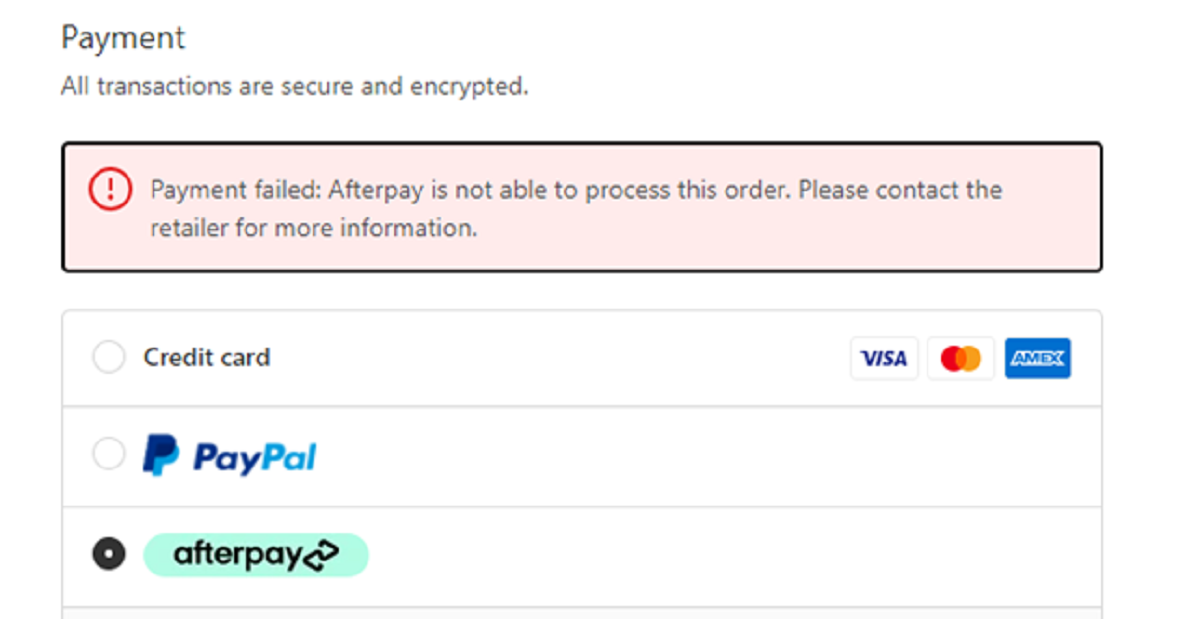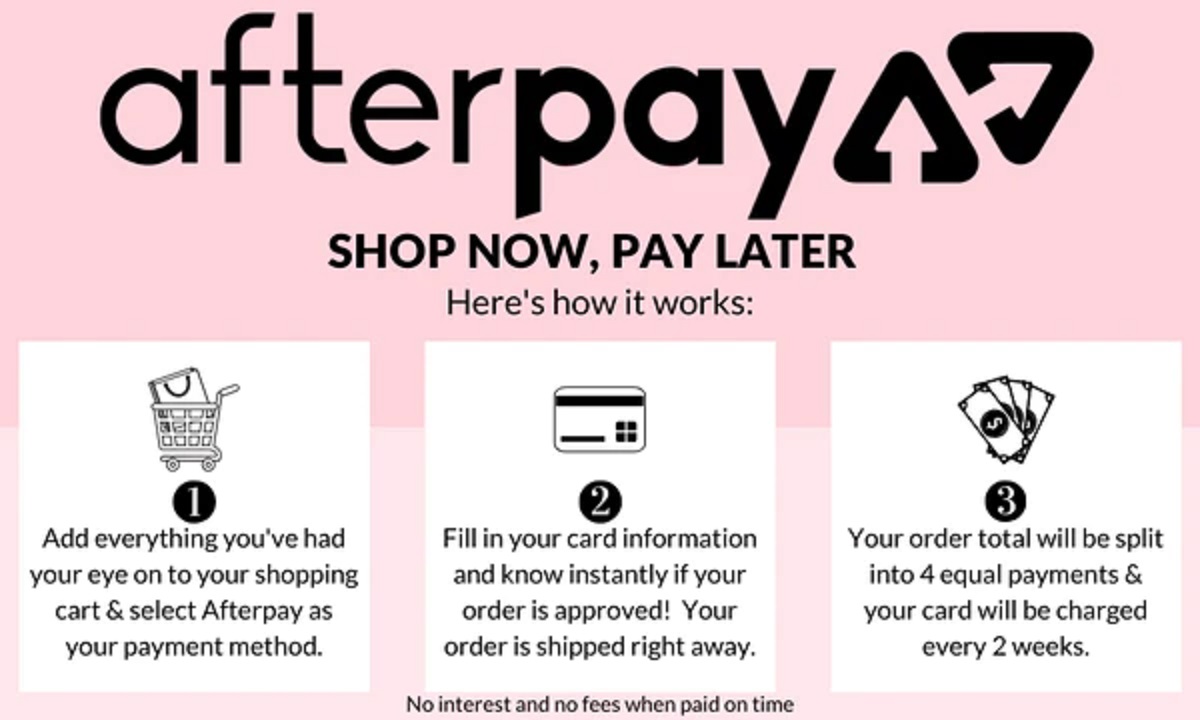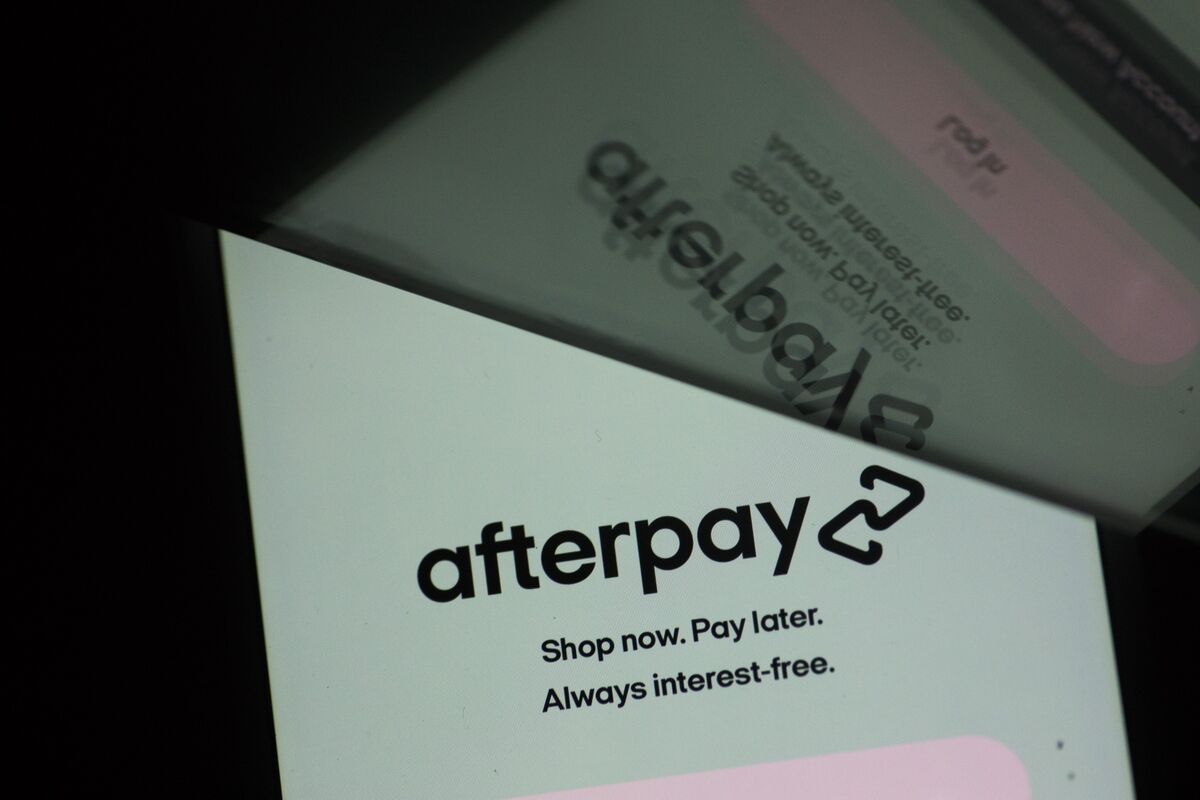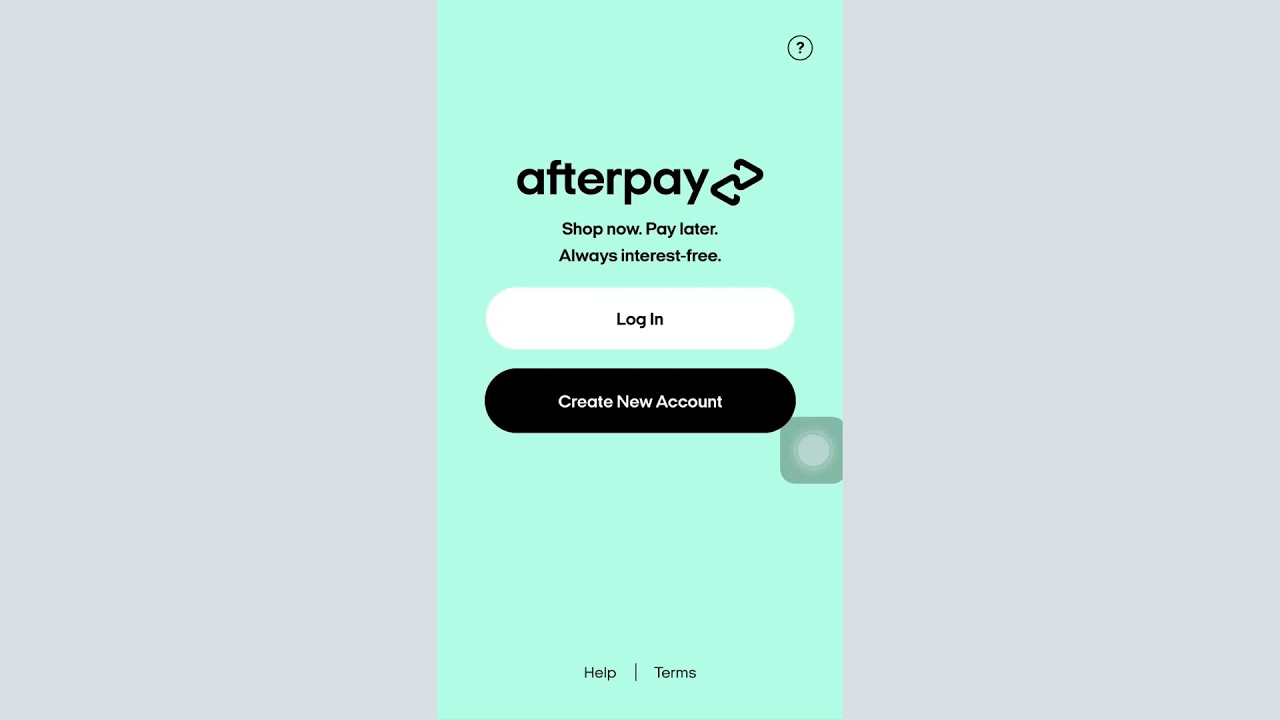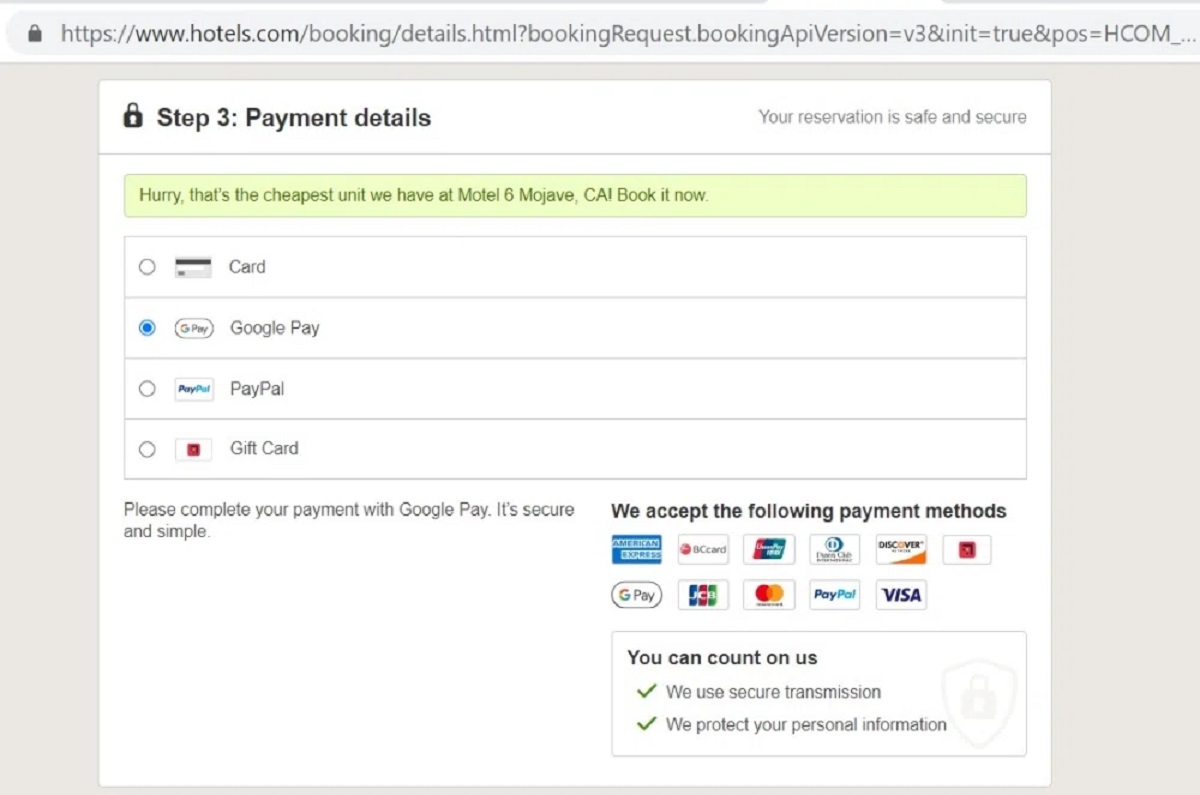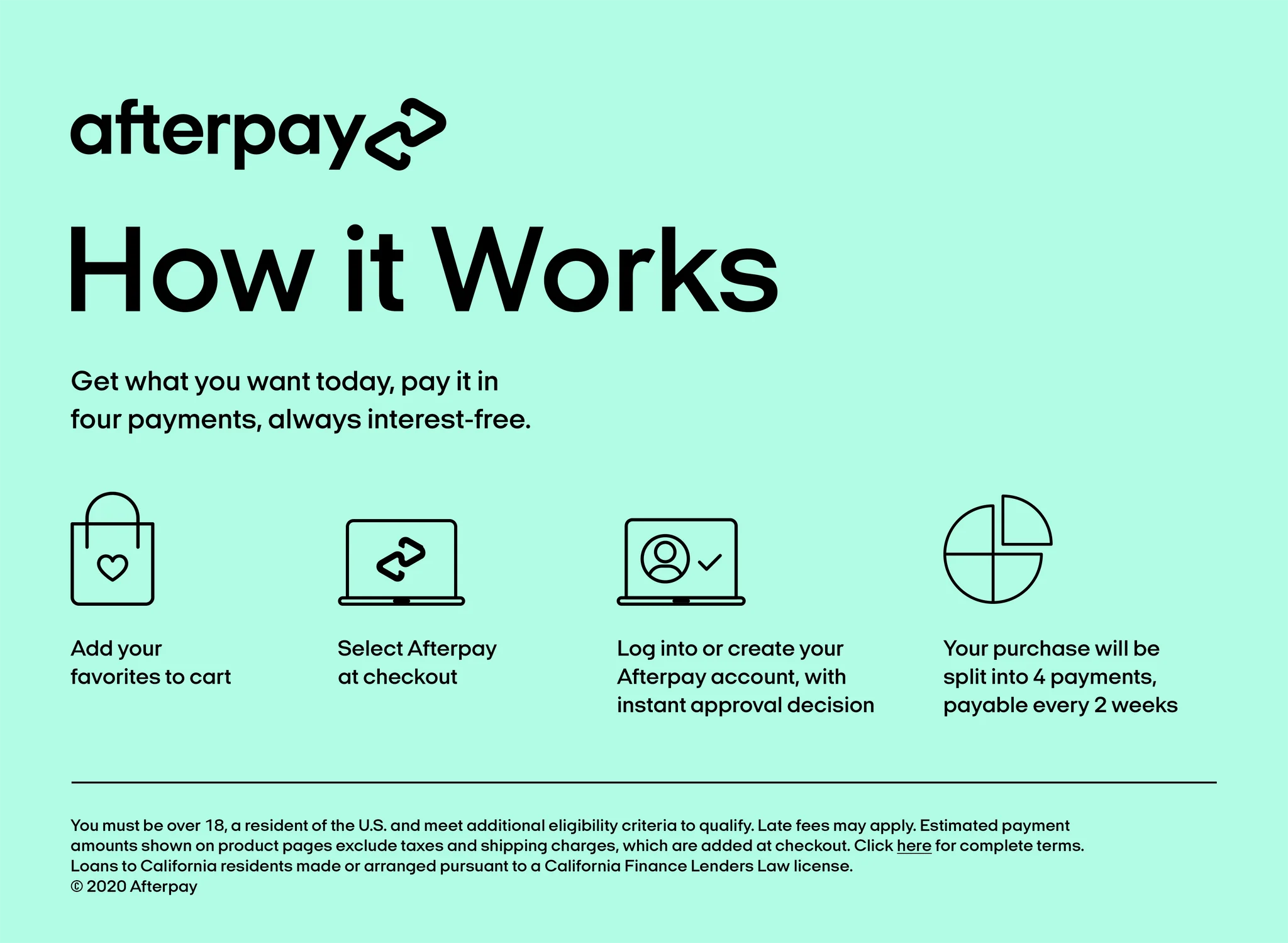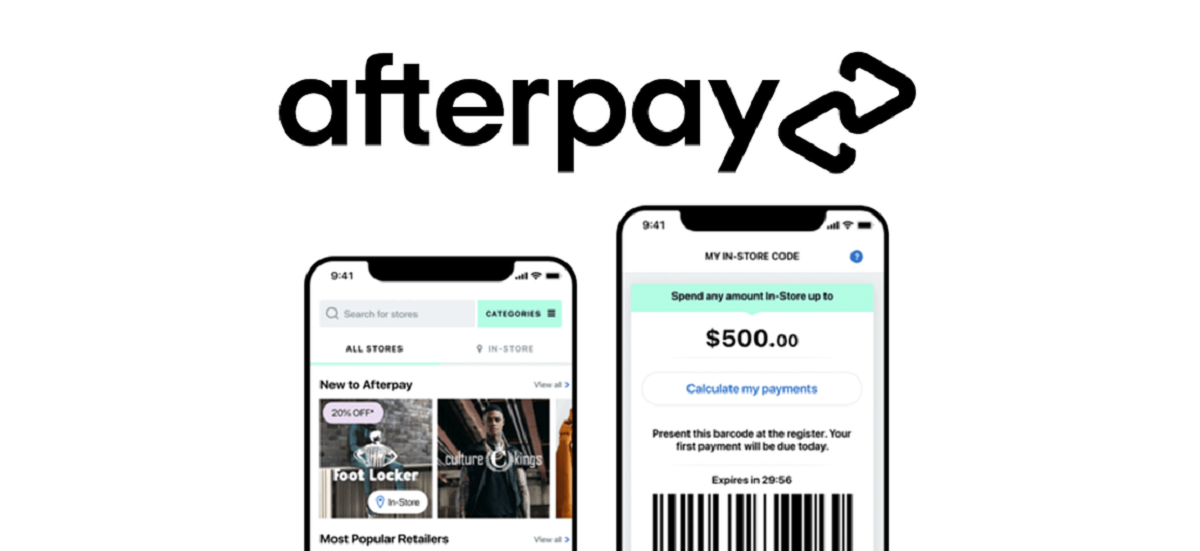Introduction
Afterpay has become a widely popular payment method, allowing consumers to make purchases and split the payments into four interest-free installments. It offers convenience and flexibility, making it an attractive option for many shoppers. However, there are instances when Afterpay payments may fail, causing confusion and frustration for both buyers and merchants. In this article, we will explore why Afterpay payments fail and what happens when they do.
Understanding the reasons behind failed Afterpay payments is crucial for consumers who want to avoid any inconvenience and ensure a smooth shopping experience. Additionally, merchants need to be aware of how to handle failed payments to maintain good customer relationships. In this article, we will discuss the common causes of payment failures and provide steps to resolve these issues.
It is important to note that failed Afterpay payments can happen due to various factors. Sometimes, it may be a simple matter of insufficient funds, while other times, it could be an error in the payment processing system. Regardless of the cause, it is essential to address the issue promptly to avoid any negative impact on future transactions.
In the following sections, we will delve into the reasons behind Afterpay payment failures and what exactly happens when a payment fails. We will also outline the necessary steps to resolve these issues and provide tips on how to avoid payment failures in the first place. By understanding the ins and outs of Afterpay payment failures, both consumers and merchants can navigate the process seamlessly and enjoy the benefits of this popular payment option.
Why do Afterpay payments fail?
Several factors can contribute to failed Afterpay payments, and understanding these reasons can help both consumers and merchants troubleshoot and prevent future issues. Here are some common causes of payment failures:
- Insufficient Funds: One of the most common reasons for a failed Afterpay payment is insufficient funds in the customer’s bank account. If the necessary funds are not available at the time of the installment, the payment will be declined.
- Card Declined: Another possible cause is when the customer’s credit or debit card gets declined. This can happen due to various reasons, such as an expired card, incorrect card details, or a temporary hold placed by the card issuer.
- Technical Glitches: Occasionally, technical glitches in the payment system can cause payment failures. These glitches may be temporary and can be resolved by refreshing the page or trying again after some time.
- Payment Schedule Conflict: If the customer has multiple Afterpay payments scheduled around the same time, it can result in payment failures. This usually happens when the customer’s available balance is not enough to cover all the simultaneous payments.
- Charges from Other Purchases: Afterpay may decline a payment if the customer has outstanding charges from previous purchases that are overdue. In such cases, Afterpay may restrict the customer from making further purchases until the outstanding payments are settled.
It’s essential for consumers to stay on top of their finances and ensure they have sufficient funds and up-to-date card information to avoid payment failures. Merchants should also communicate payment expectations clearly to their customers and provide support in resolving any payment-related issues.
What happens when a payment fails?
When an Afterpay payment fails, both consumers and merchants need to be aware of the subsequent actions and consequences. Here’s what happens when a payment fails:
- Notification to the Customer: After a failed payment, Afterpay notifies the customer via email and/or SMS, informing them of the failed transaction. The notification typically includes details regarding the reason for the failure and possible steps to resolve the issue.
- Late Fees and Penalties: If a payment remains unpaid after the due date, Afterpay may charge late fees or penalties. These additional charges can vary depending on the purchase amount and the number of overdue payments. It is essential for customers to address payment failures promptly to avoid accumulating these extra costs.
- Payment Rescheduling: Afterpay provides customers with the opportunity to reschedule the failed payment. Customers can choose to pay the outstanding amount manually through their Afterpay account or contact Afterpay’s customer service for assistance in rescheduling the payment.
- Purchase Restrictions: In situations where a customer has multiple failed payments or outstanding charges, Afterpay may restrict their ability to make further purchases until the issue is resolved. This measure aims to protect both the customer and the merchants from any potential financial challenges.
- Credit Score Impact: It’s worth noting that if a customer repeatedly fails to make their Afterpay payments and does not resolve the issue, it may negatively impact their credit score. This can have long-term consequences when it comes to obtaining credit in the future.
Merchants should also be aware of the implications of payment failures. They may need to reach out to customers to provide support or alternative payment options. Additionally, merchants should have clear refund and return policies in place to ensure a smooth process for both parties in the event of a failed payment.
Steps to resolve a failed Afterpay payment
If you encounter a failed Afterpay payment, there are several steps you can take to resolve the issue and ensure a successful transaction. Here’s what you can do:
- Check Payment Details: Double-check the payment details, including the card information and available funds in your bank account. Make sure all the information is accurate and up-to-date.
- Contact Afterpay Customer Support: If you are unsure about the reason for the payment failure or need assistance in resolving the issue, reach out to Afterpay’s customer support team. They can provide guidance and help you troubleshoot the problem.
- Reschedule the Payment: Afterpay allows customers to reschedule the failed payment to a later date. You can do this manually through your Afterpay account or contact customer support for assistance. It’s essential to reschedule as soon as possible to avoid any additional fees or penalties.
- Update Payment Method: If the payment failure is due to an expired or declined card, update your payment method with a valid card in your Afterpay account. Ensure that the new card has sufficient funds to cover the payment.
- Ensure Sufficient Funds: If the payment failure is due to insufficient funds, make sure to deposit enough money into your bank account to cover the payment amount. Once the funds are available, you can attempt the payment again.
By following these steps, you can effectively resolve a failed Afterpay payment and prevent any further issues. It’s important to address payment failures promptly to avoid accumulating late fees and potential restrictions on future purchases.
Avoiding Afterpay payment failures
While dealing with a failed Afterpay payment can be inconvenient, there are measures you can take to avoid such situations in the first place. Here are some tips to help you prevent Afterpay payment failures:
- Maintain Sufficient Funds: Before making a purchase with Afterpay, ensure that you have enough funds available in your bank account to cover the installment payments. Keep track of your expenses and budget accordingly.
- Update Card Information: Regularly check and update your card information in your Afterpay account. Verify that the card details, including the expiry date and CVV, are correct and up-to-date. This will minimize the chances of a payment failure due to incorrect card information.
- Monitor Payment Schedule: Keep an eye on your payment schedule and make sure you are aware of the due dates for your Afterpay installments. Set reminders to ensure timely payments and avoid any potential late fees or penalties.
- Avoid Multiple Simultaneous Payments: Be mindful of scheduling multiple Afterpay payments around the same time. If you have several purchases with Afterpay, try to stagger the payments to ensure your bank account has sufficient funds for each transaction.
- Communicate with Afterpay: If you anticipate any challenges in making a payment, such as unexpected financial difficulties, reach out to Afterpay’s customer support in advance. They may be able to provide alternative solutions or guide you on how to handle the situation.
By implementing these preventative measures, you can minimize the risk of Afterpay payment failures. Planning ahead, keeping track of your finances, and staying proactive in communication are key to a seamless and successful Afterpay experience.
Conclusion
Afterpay has revolutionized the way we shop by offering the convenience of splitting payments into manageable installments. However, there are instances when Afterpay payments may fail, causing frustration for both consumers and merchants. Understanding why these failures occur and knowing what steps to take to resolve them is crucial to ensuring a smooth shopping experience.
Failed Afterpay payments can happen due to various reasons, such as insufficient funds, card declines, technical glitches, payment schedule conflicts, and outstanding charges. When a payment fails, Afterpay notifies the customer, and late fees or penalties may be charged for unpaid amounts. Customers have the option to reschedule the failed payment and should promptly address the issue to avoid any negative consequences, such as purchase restrictions or credit score impact.
To resolve a failed Afterpay payment, customers can check their payment details, contact Afterpay customer support, reschedule the payment, update the payment method, or ensure sufficient funds in their bank account. By taking these steps, customers can successfully address payment failures and avoid further complications.
Furthermore, it is essential to take measures to avoid Afterpay payment failures altogether. This can be achieved by maintaining sufficient funds, regularly updating card information, monitoring payment schedules, avoiding multiple simultaneous payments, and communicating with Afterpay in cases of anticipated challenges.
By understanding the reasons behind failed Afterpay payments and implementing preventative measures, both consumers and merchants can navigate the Afterpay payment process smoothly. This will result in a positive shopping experience for customers and peace of mind for merchants.
Remember, staying proactive and informed is key to avoiding Afterpay payment failures and enjoying the convenience and benefits that Afterpay offers.







